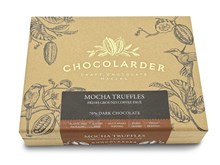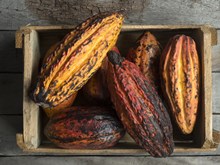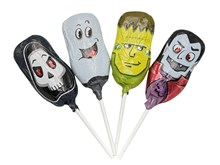
New Chocolate Bars from Chocolarder
Bean-to-bar chocolatiers Chocolarder have just delivered 6 artisan chocolate bars, full of Seasonal good cheer... And new Truffles too!

Organic September Award Winning Chocolate
We spotlight the finest organic chocolate bars and chocolate selections available, as we celebrate Organic September.

An Austrian Chocolate Bar Extravaganza
More new Chocolate Bars from Austrian Chocolatier Zotter, than you can count on both hands! From Heirloom Cacao to Hand-filled chocolate bars. Vegan & Organic options too.

Halloween Treats for 2025
Make your Halloween Spook-tacular with our new, high quality Halloween themed chocolate novelties in gift bags and bulk cases.





